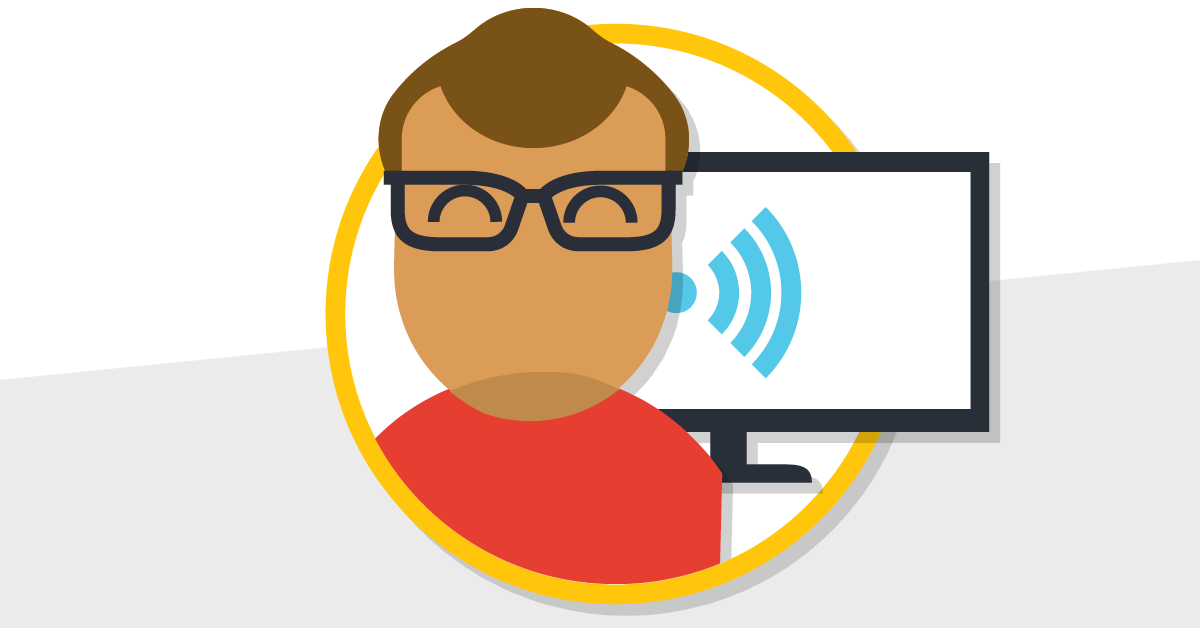Television has evolved dramatically from its early days of bulky sets and limited programming to a digital-first era where content is available anytime, anywhere. A major player in this transformation is the rise of vMVPDs—virtual Multichannel Video Programming Distributors. These services are redefining how audiences access live TV and on-demand content by combining the structure of traditional cable with the flexibility of internet streaming.
To understand their growing significance, it’s essential to explore what vMVPDs are, how they operate, and why they are becoming a dominant force in the media landscape.
Defining vMVPD: A Virtual Approach to Live TV
What is vMVPD? A vMVPD is an internet-based service that delivers multiple television channels, including live sports, news, and entertainment, without relying on physical cable or satellite infrastructure. Examples of leading vMVPDs include Sling TV, DirecTV Stream, Hulu + Live TV, YouTube TV, and FuboTV.
Unlike traditional Multichannel Video Programming Distributors (MVPDs)—such as Comcast or Dish Network—which transmit signals via coaxial cables or satellite dishes, vMVPDs leverage broadband connections to stream live content to various devices, including smartphones, tablets, smart TVs, and gaming consoles.
This internet-driven approach eliminates the need for set-top boxes, installation appointments, or long-term contracts. It also allows subscribers to enjoy a multichannel television experience on their terms, blending live TV with cloud DVR and on-demand content.
How vMVPDs Work
The process of using a vMVPD is straightforward and user-friendly. Instead of requiring complex installations, these services operate entirely online.
- Sign-Up & Access – Users can subscribe online, download an app, and begin streaming within minutes.
- Content Delivery – Live broadcasts are encoded, transmitted via cloud servers, and streamed to subscribers in real-time.
- Cloud DVR – Many vMVPDs offer cloud-based recording options, allowing users to save live content for later viewing without needing a physical DVR.
- Multi-Device Streaming – Subscribers can watch content on multiple devices, switching between a phone, laptop, or TV seamlessly.
By eliminating physical barriers, vMVPDs provide a more agile and convenient alternative to traditional cable services.
Why vMVPDs Are Gaining Popularity
The rise of vMVPDs is driven by shifting consumer preferences and frustrations with traditional TV providers.
1. No Contracts, No Installation
Traditional cable and satellite services often require long-term commitments, expensive equipment rentals, and technician visits. vMVPDs remove these hassles with easy online sign-ups and cancel-anytime plans.
2. Flexible Pricing & Channel Selection
Unlike cable’s rigid, bloated channel packages, vMVPDs allow subscribers to choose slimmer, more relevant bundles. Some providers even offer add-ons for premium networks or niche content, letting users pay only for what they watch.
3. Transparent Costs
Cable bills are notorious for hidden fees, including regional sports surcharges, installation charges, and equipment rentals. vMVPDs typically offer clearer pricing, though premium packages can rival traditional costs.
4. Portability & Multi-Device Support
With vMVPDs, live TV is no longer confined to the living room. Subscribers can stream content from anywhere with an internet connection, whether on a smart TV at home or a mobile device on the go.
5. A Hybrid Viewing Experience
vMVPDs bridge the gap between live broadcasts and on-demand content. A viewer can watch a live news segment, pause it, then resume on a different device, combining the best aspects of traditional and modern TV.
These advantages make vMVPDs especially appealing to younger, tech-savvy audiences who prioritize flexibility over traditional television structures.
Challenges Facing vMVPDs
Despite their benefits, vMVPDs are not without obstacles that could impact their continued growth.
1. Internet Dependency
Unlike cable, which operates on dedicated infrastructure, vMVPDs require a stable internet connection. Slow speeds, outages, or high network congestion can lead to buffering, disruptions, and inconsistent viewing quality.
2. Content Licensing & Availability
vMVPDs must negotiate rights to broadcast popular channels, and some networks have been reluctant to license content to third-party services. As media giants like Disney and Warner Bros. focus on their own streaming platforms, vMVPDs may struggle to maintain robust channel lineups.
3. Rising Costs
Initially marketed as a cost-saving alternative to cable, vMVPDs have gradually increased their prices due to content licensing fees. Some premium packages now approach or even exceed the cost of traditional cable, raising concerns about long-term affordability.
4. Competition from Streaming & Hybrid Models
Traditional cable providers are responding to the vMVPD threat by launching their own streaming platforms, such as Xfinity Stream. Meanwhile, on-demand services like Netflix and Amazon Prime Video are experimenting with live programming, further blurring the lines between content providers.
To stay competitive, vMVPDs will need to continue refining their offerings, balancing affordability with channel variety and service quality.
The Broader Impact on Television
The influence of vMVPDs extends beyond individual subscribers, driving significant changes across the television industry.
1. Pressure on Traditional Cable Providers
As more viewers migrate to vMVPDs, cable companies are being forced to rethink their outdated pricing models and rigid contracts. Some providers are introducing internet-based streaming options to retain customers.
2. Changing Advertising Strategies
vMVPDs collect user data that allows advertisers to target viewers more precisely than traditional TV commercials. This data-driven approach could revolutionize television advertising, making ads more relevant and engaging.
3. Global Expansion Potential
In regions where cable infrastructure is limited, vMVPDs could provide a more accessible solution for live television. As broadband penetration increases worldwide, virtual TV services may expand beyond traditional markets.
These shifts suggest that vMVPDs are not just an alternative to cable but a major driver of television’s digital transformation.
The Future of vMVPDs
Looking ahead, several trends could shape the next phase of vMVPD evolution:
- 5G & Streaming Advancements – Faster mobile networks will enhance streaming quality, making vMVPDs more viable for on-the-go viewing.
- AI & Personalized Content – Improved recommendation algorithms will help users discover content more efficiently, tailoring channel lineups to individual preferences.
- Sustainability Initiatives – As streaming’s environmental impact comes under scrutiny, vMVPDs may adopt greener technologies, optimizing data usage and energy consumption.
- Hybrid TV Models – The line between MVPDs and vMVPDs will continue to blur, with more traditional providers incorporating streaming elements into their services.
With these innovations, vMVPDs are poised to further disrupt the television industry, redefining what it means to watch live TV.
The Next Chapter in Television
vMVPDs represent more than just a technological shift—they symbolize a broader change in how people consume entertainment. By merging the structure of live TV with the convenience of streaming, they offer a compelling alternative to traditional cable and satellite services.
As the television landscape continues to evolve, one thing is clear: the future of TV is becoming increasingly virtual, and vMVPDs are at the forefront of this transformation.




